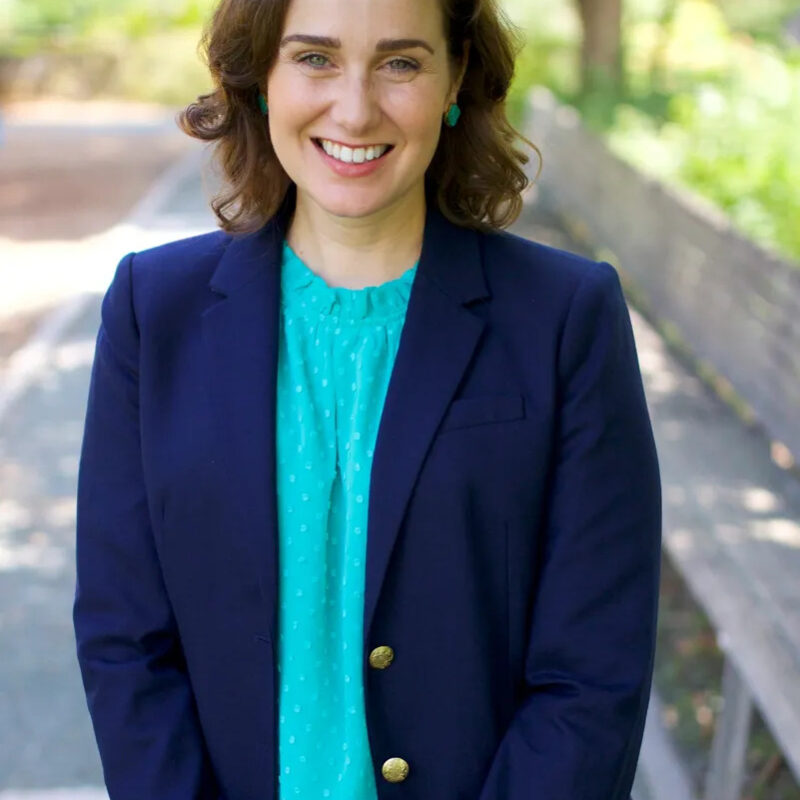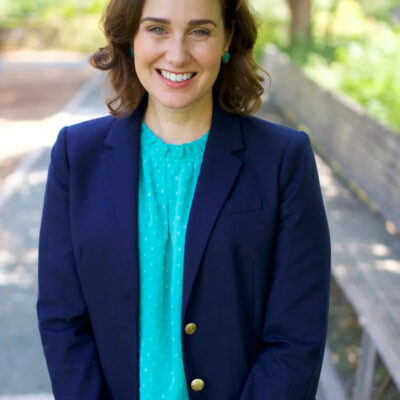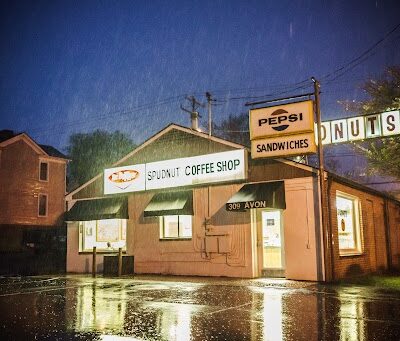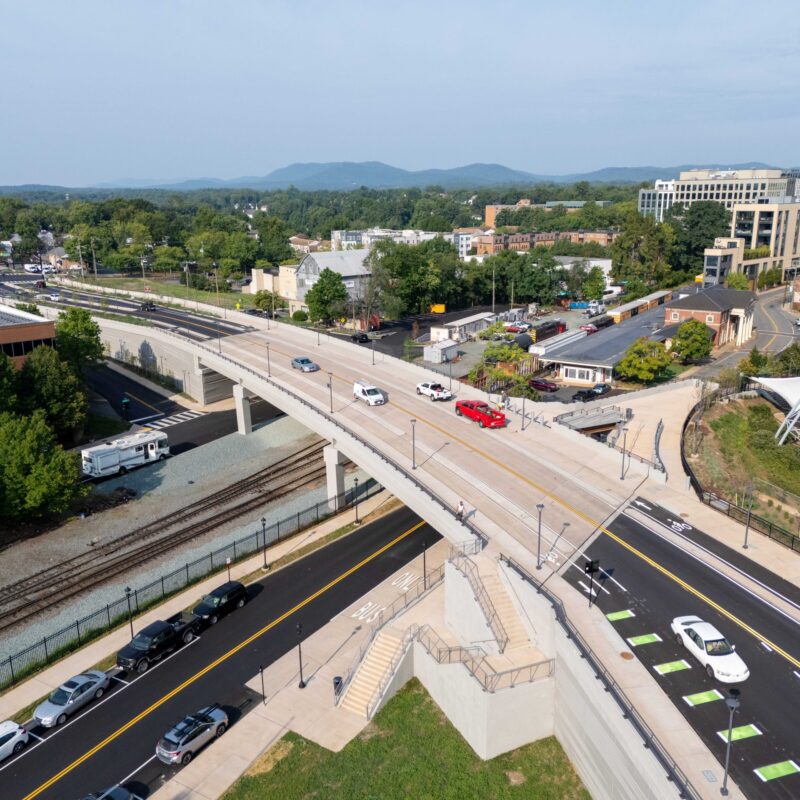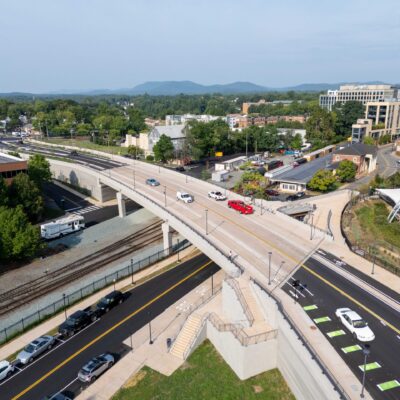Americans just don’t understand sparkling wine. First there’s the annoying habit of always calling it “Champagne,” and second the unforgivable sin of only drinking it on special occasions. Sparkling wine should be drunk anytime or all the time. It’s perfect with food, it’s beautiful in the glass, and it automatically raises your status by, like, 20 points. Try showing up to the next fete with a magnum of something bubbly. You feel that? That’s what Cary Grant felt like all the time.
O.K., let’s get the lecture over with right at the beginning. Champagne is a place. Wine called Champagne comes from Champagne, or else it’s called something else. In Spain they call it Cava, in Italy Spumante. In Germany it’s Sekt. There is French sparkling wine that isn’t Champagne; they call it Crémant or Mousseaux and it can be wonderful. Almost anywhere that wine is made someone has added bubbles to it, be it red or pink or white, be it sweet or dry. In America we’re stuck with sparkling wine as our nom de fizz, which isn’t very poetic, but will do for now. Just don’t call it Champagne. In the not-so-former-anymore Soviet Union they used to call it Sovetskoye Shampanskoye (I am not making that up). You will still see bottles of California bubbly labeled “California Champagne,” but only those that were grandfathered in before such nominative fraud was made illegal in 2006.
|
Matthieu Finot is a winemaker at King Family Vineyards, one of eight in Virginia to produce a sparkling wine. |
Making sparkling wine isn’t easy, but let’s see if I can summarize in a way that makes it seem so. Basically the bubbles are trapped CO2 resulting from a second fermentation that happens in the bottle. If a winery is using the Champagne method, that means the wine ages in the bottle for anywhere from nine months to many years with the dead yeast cells, or lees, still trapped in the bottle. This gives the wine a rich, bready character. The yeast collects in the neck (through a process called riddling that is not as fun as it sounds) and the neck of the bottle is then frozen so that when the cap is removed the yeast cells shoot out in a frozen lump. The wine is then topped off with a mixture of wine and sugar called the dosage which helps offset the high acidity most sparkling wines naturally possess.
And yes, Virginia, there are locally made sparkling wines. The Monticello AVA is home to eight wineries producing sparkling wine, and those that I’ve tasted have been excellent.
Both Prince Michel and King Family produce vintage sparklers made in the traditional Champagne method, with the King family’s being a blanc de blanc. Afton Mountain Vineyards has been making their Téte de Cuvée since 2003. A blend of Pinot Noir and Chardonnay aged on its lees for two years, it has nice acidity and a green apple finish.
Veritas currently makes a sparkling rosé that is an off dry blend of Chardonnay and Cabernet Franc and is planning on adding a few more sparkling wines to the lineup. Barboursville produces a non-vintage sparkler not in the Champagne method, but in the traditional Italian Prosecco style, the main difference being that the secondary fermentation takes place in stainless steel tanks. Their wine is mostly Pinot Noir and has the distinction of being the house sparkler at The Inn at Little Washington.
Horton Vineyards has the most unusual wine on this list with their sparkling Viognier. While it is not the only sparkling Viognier in the world as their website claims (I know of at least two others), it is one of the very few. More important, it tastes great. Seeing as the grape is one of Virginia’s great treasures, more local wineries should follow Dennis Horton’s lead and add some bubbles to their Viognier.
Last but certainly not least, there are two local wineries that take sparkling wine very seriously, and the results are often world class. Thibaut-Janisson, profiled in a recent Working Pour column, is the small sparkling wine producer headed by Claude Thibaut, an authentic French person who actually cut his teeth in Champagne. Currently making one lovely blanc de blanc sparkler, Thibaut has plans to branch out and produce several more.
If anyone deserves thanks for pushing sparkling wine production locally it is Patricia Kluge. Not only did she bring Claude Thibaut to the area (he is one of three Champagne natives she has employed at her winery), but Kluge Estate Vineyards leads the pack with four sparkling wines: a rosé, a blanc de blanc, a blanc de noir (white, but made from all red grapes), and a reserve. All four are vintage dated and all four are superb.
Though not local, one other winery deserves a mention. Located in Hume, Virginia, Oasis Winery is 31 years old and produces three sparkling wines, two of which are vintage wines aged in the bottle for 13 years before being released. Currently they are offering the “Infinity” brut and the “O” rosé both from 1988. I have had them, and they are quite good, but here’s the kicker: The “Infinity” costs $125, while the “O” will set you back $300.
So there you have it, a primer on our area’s sparkling wines. I urge you to drink them, on New Year’s, on your birthday, on the first day it snows, whenever. Make every meal a celebration, and make it a local one.

